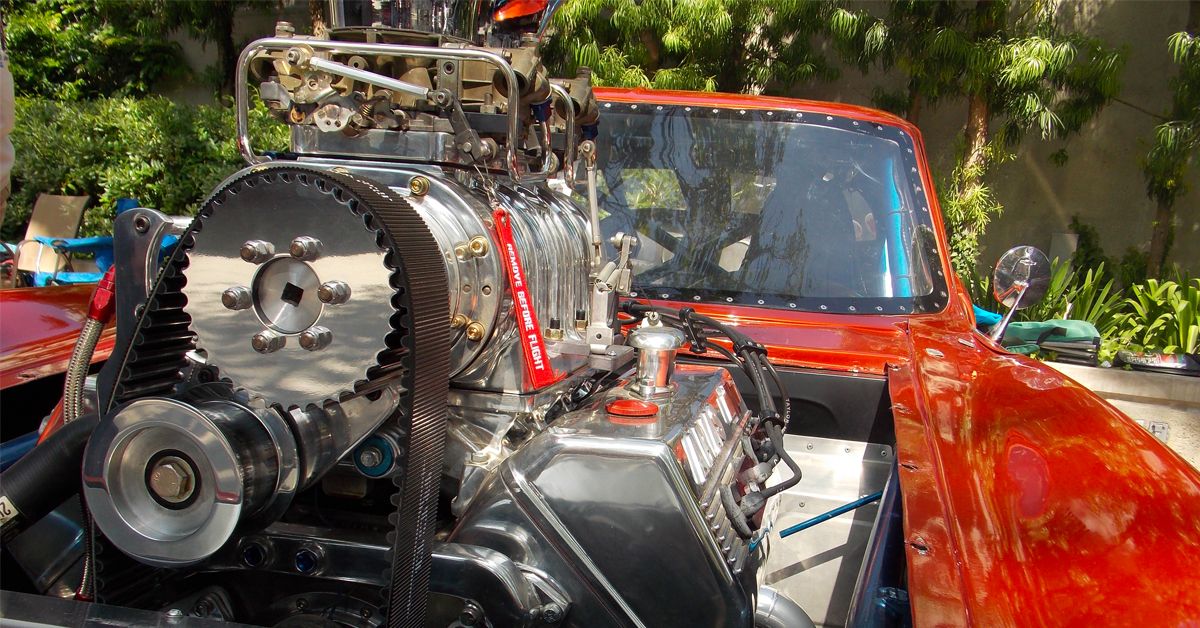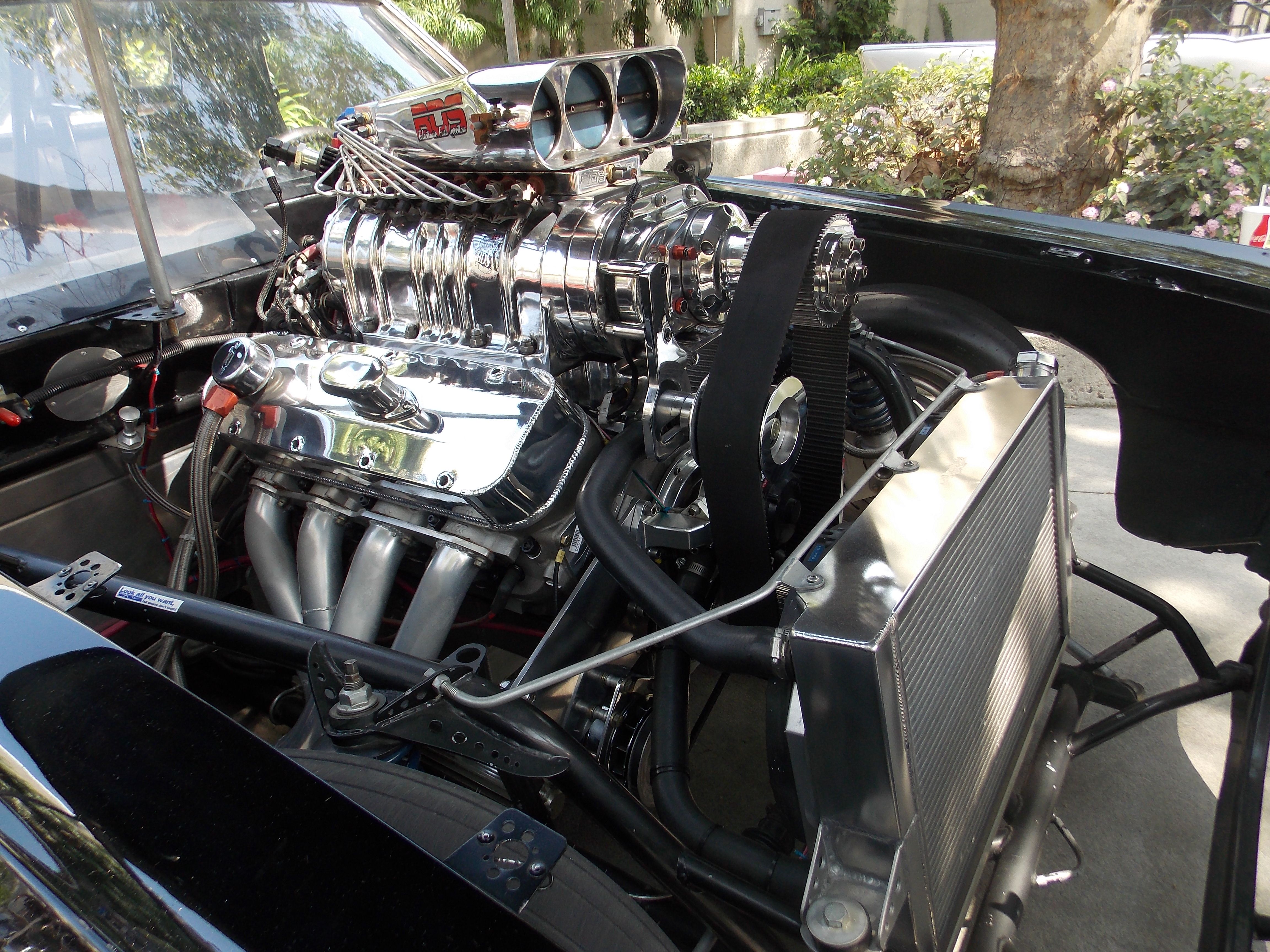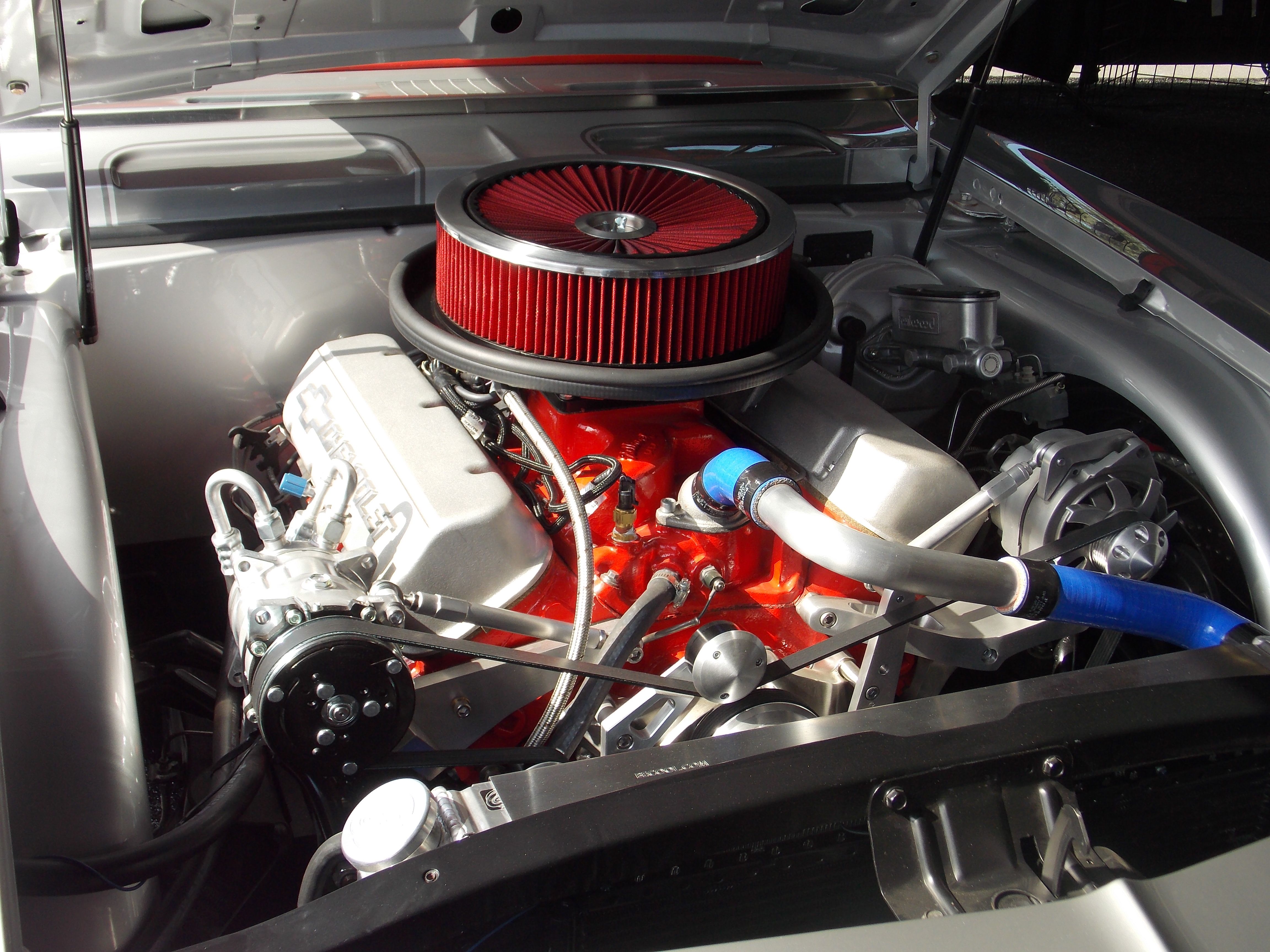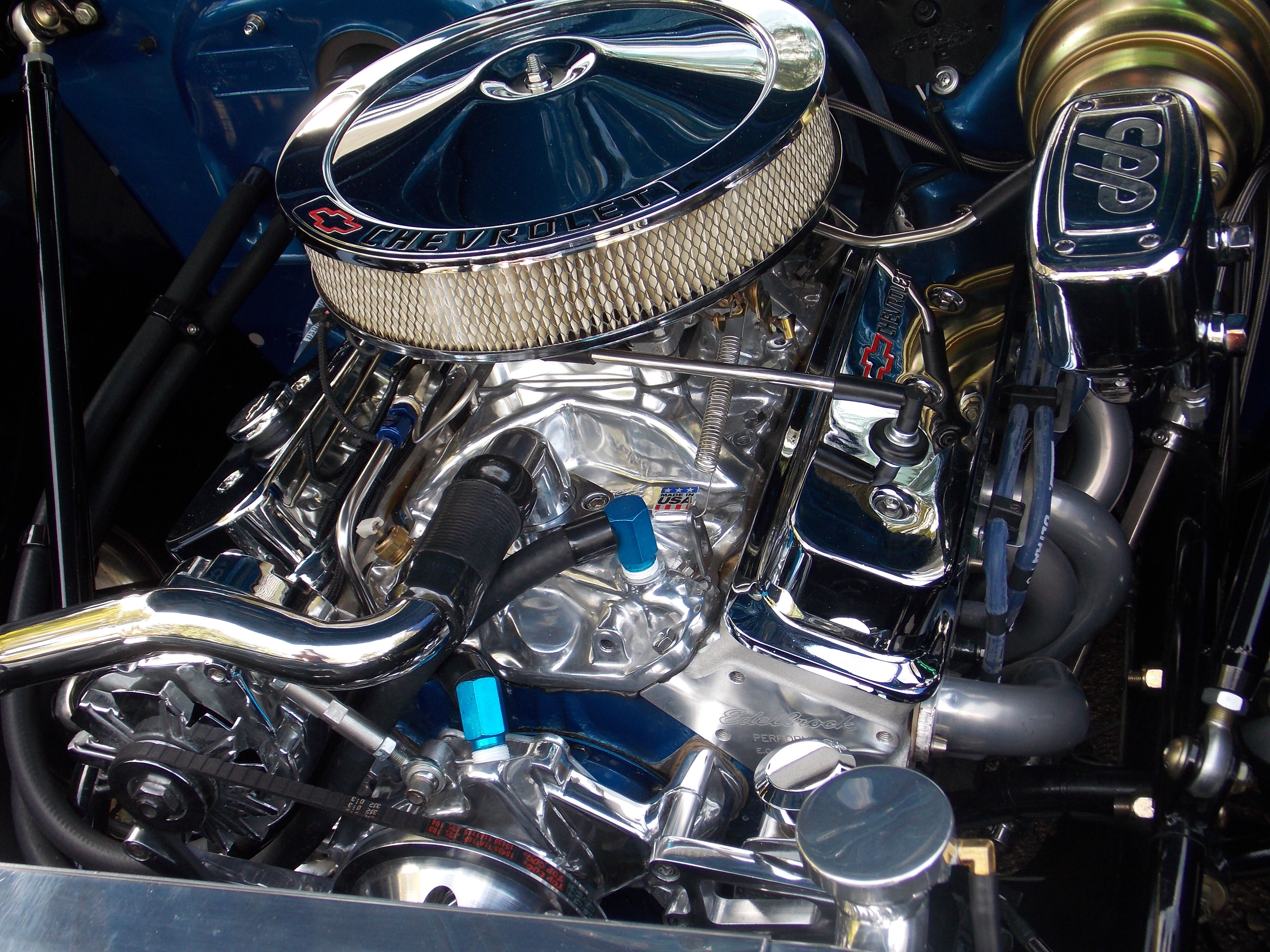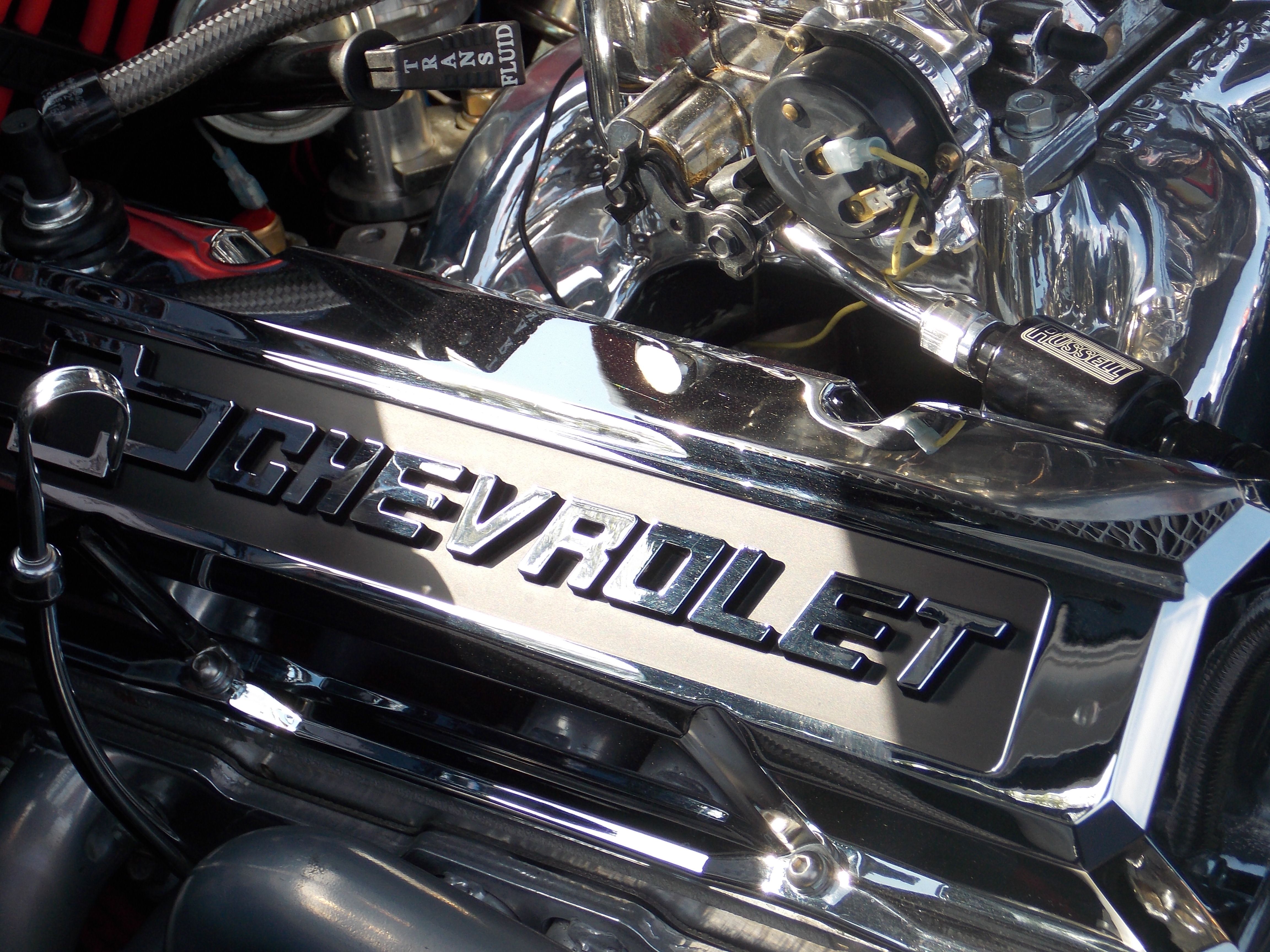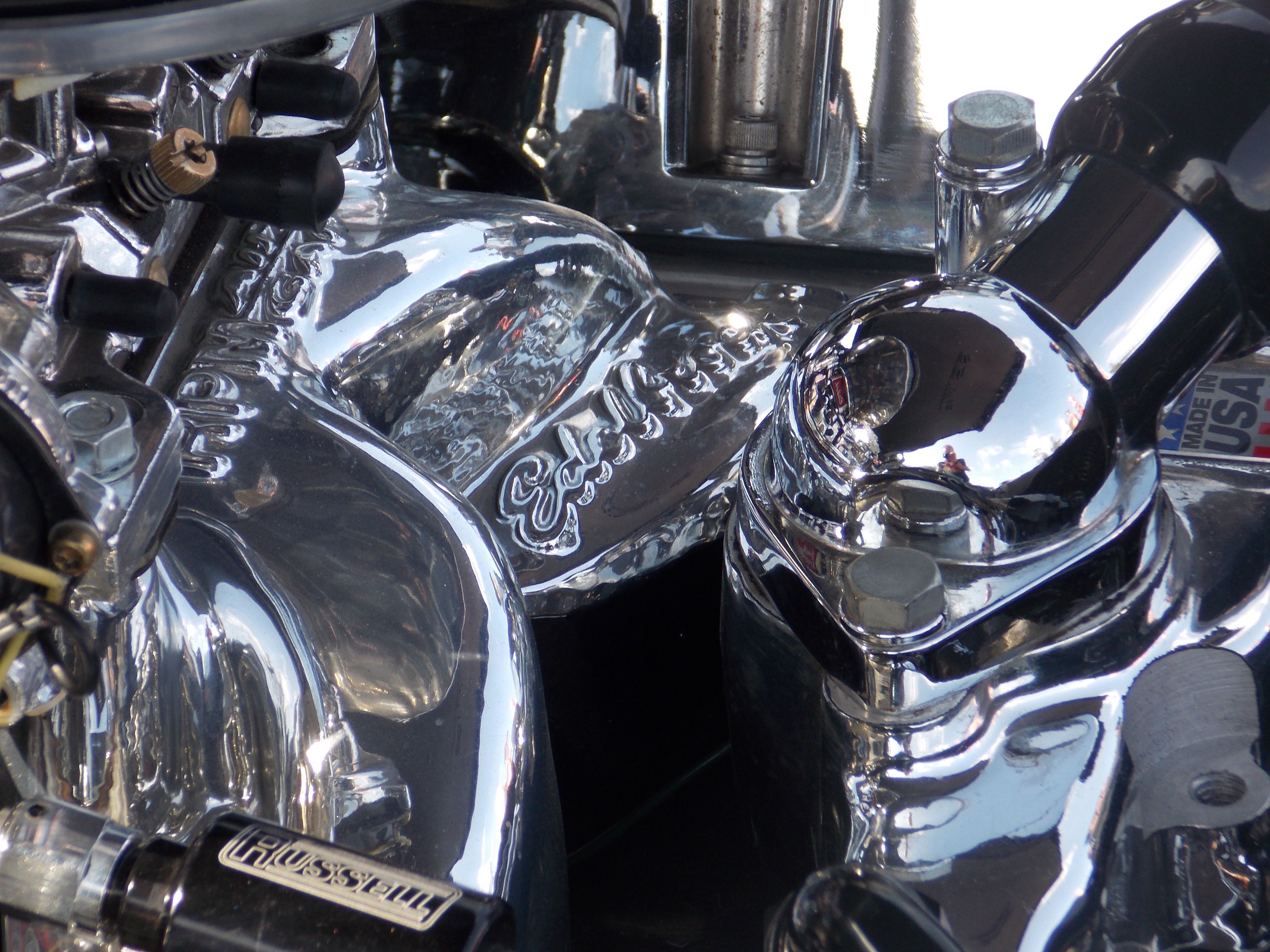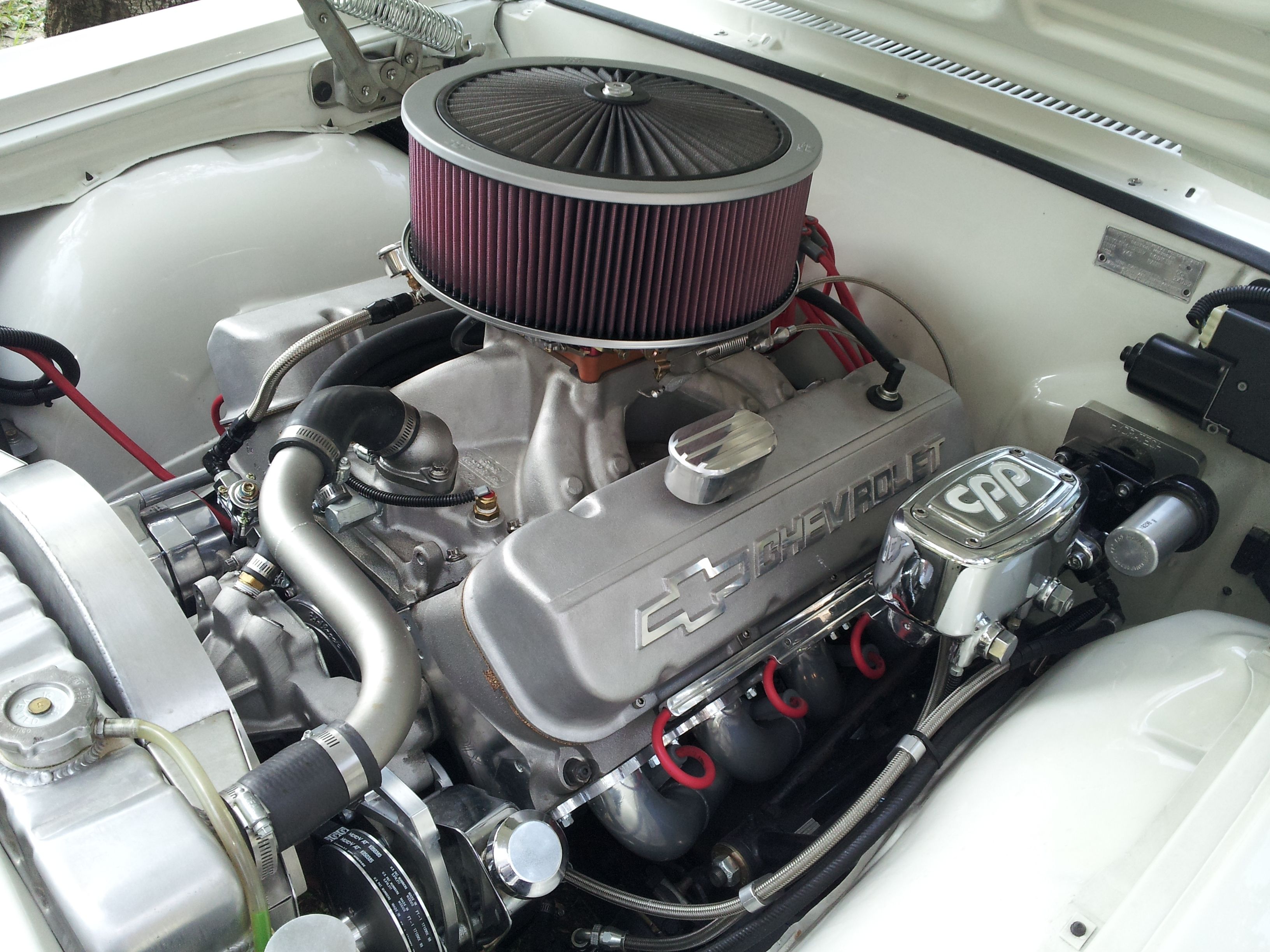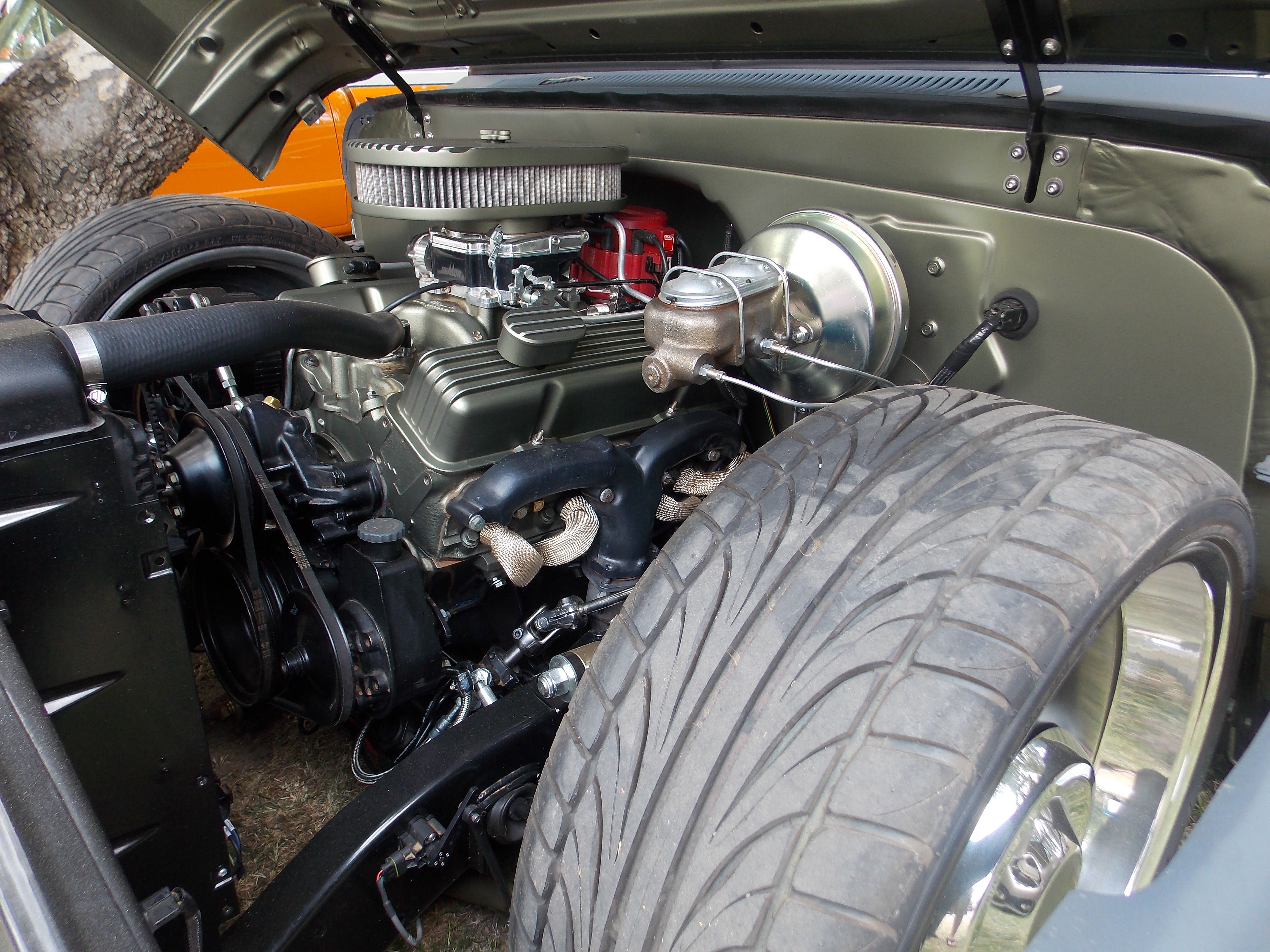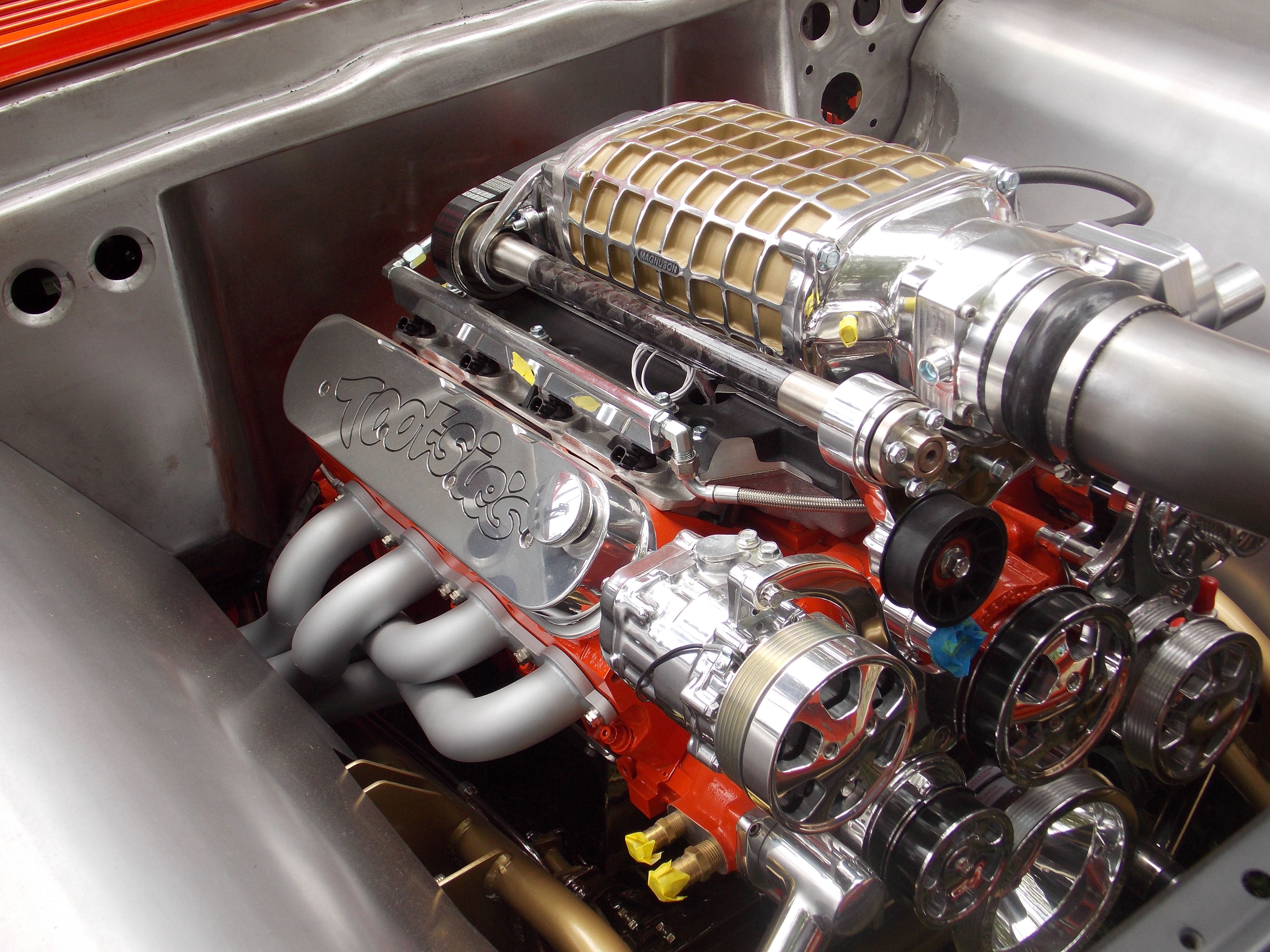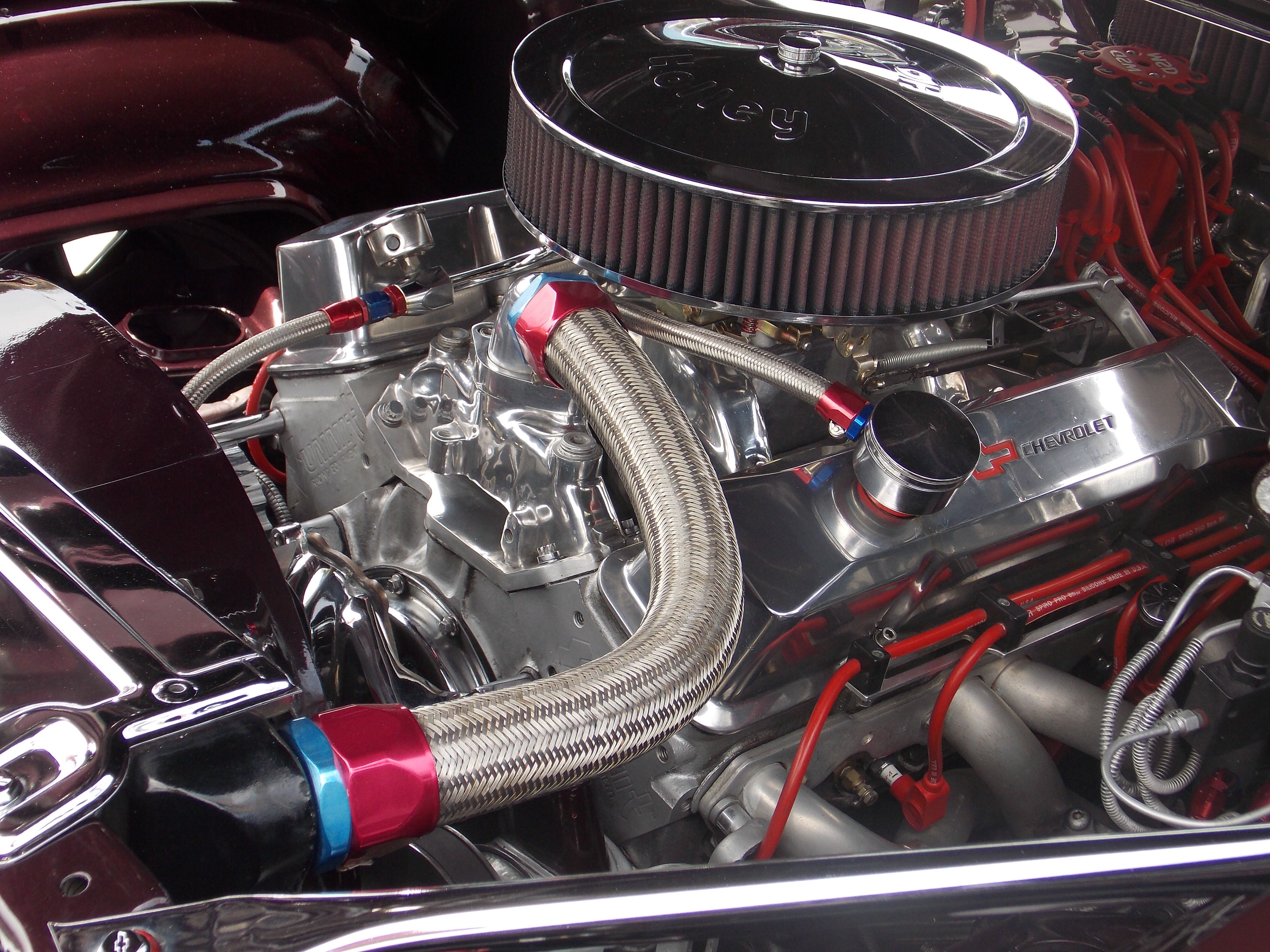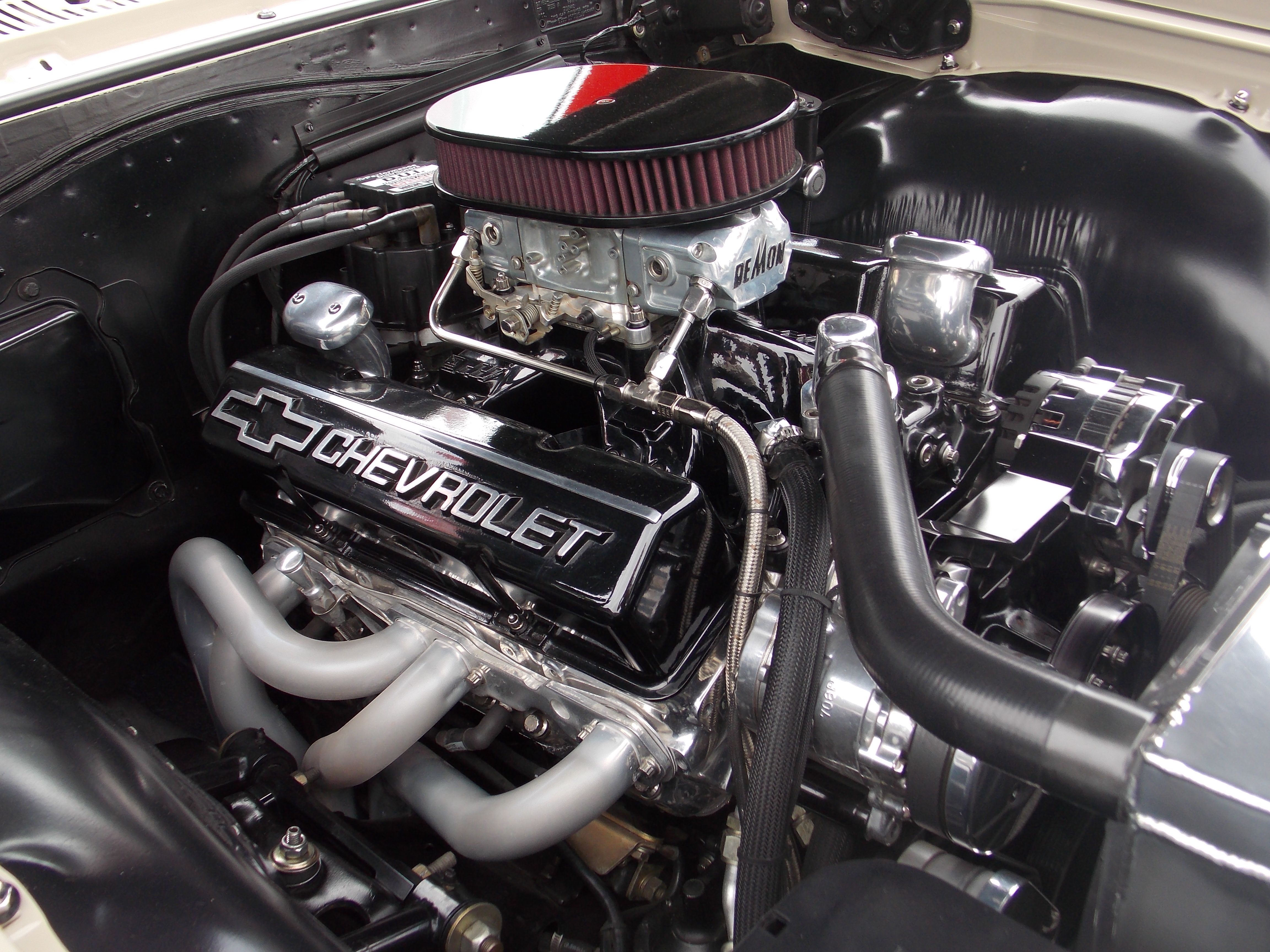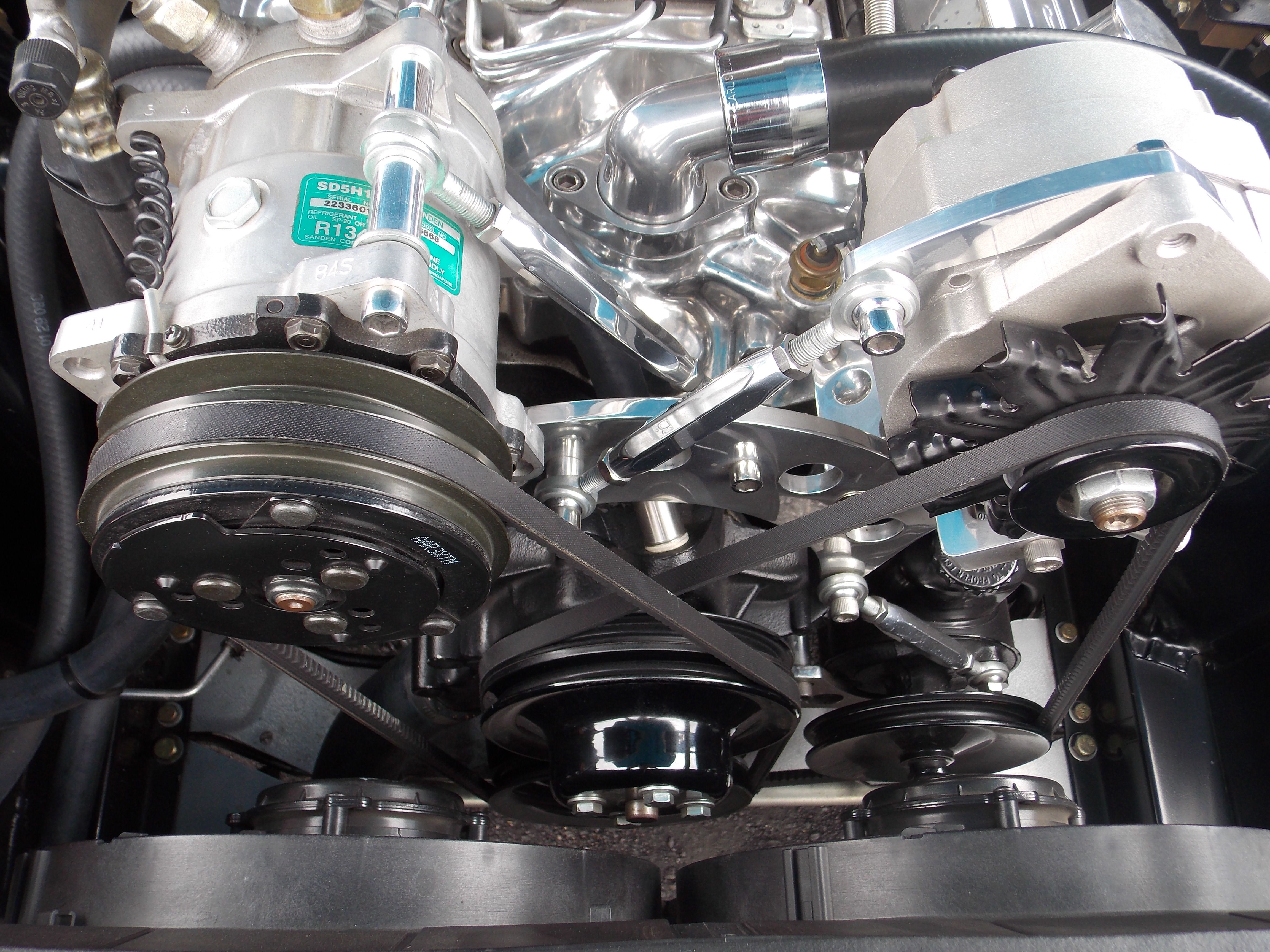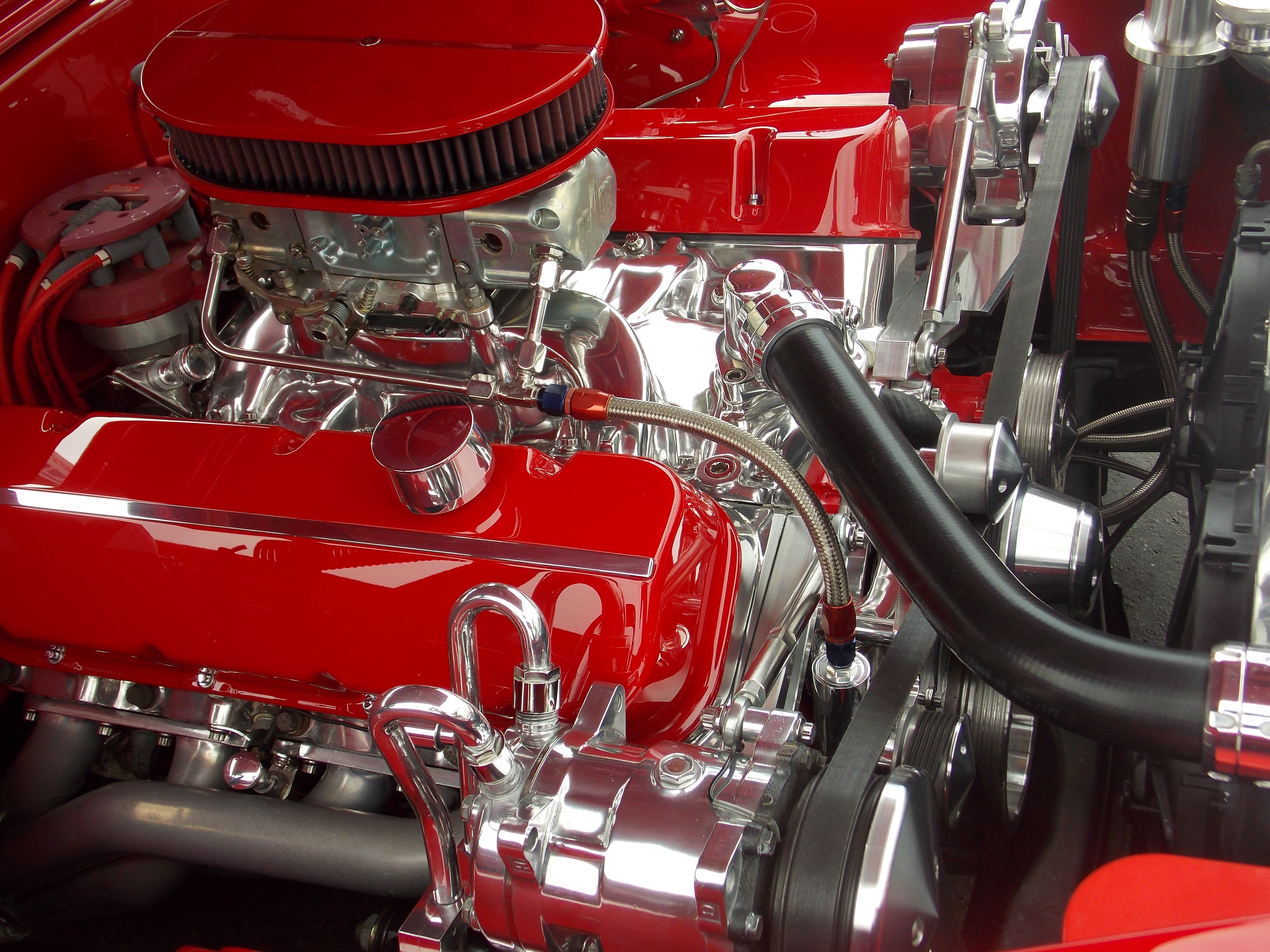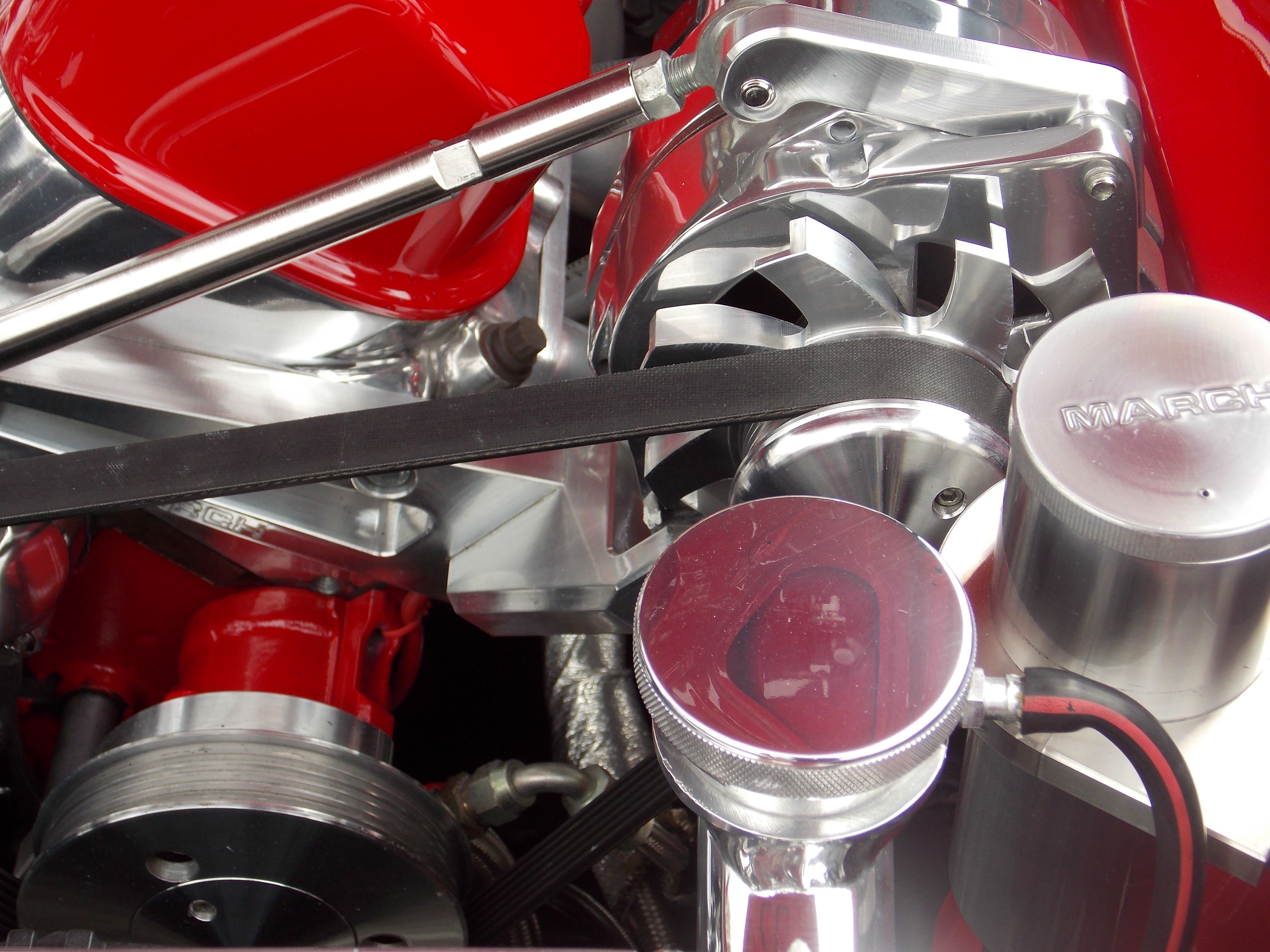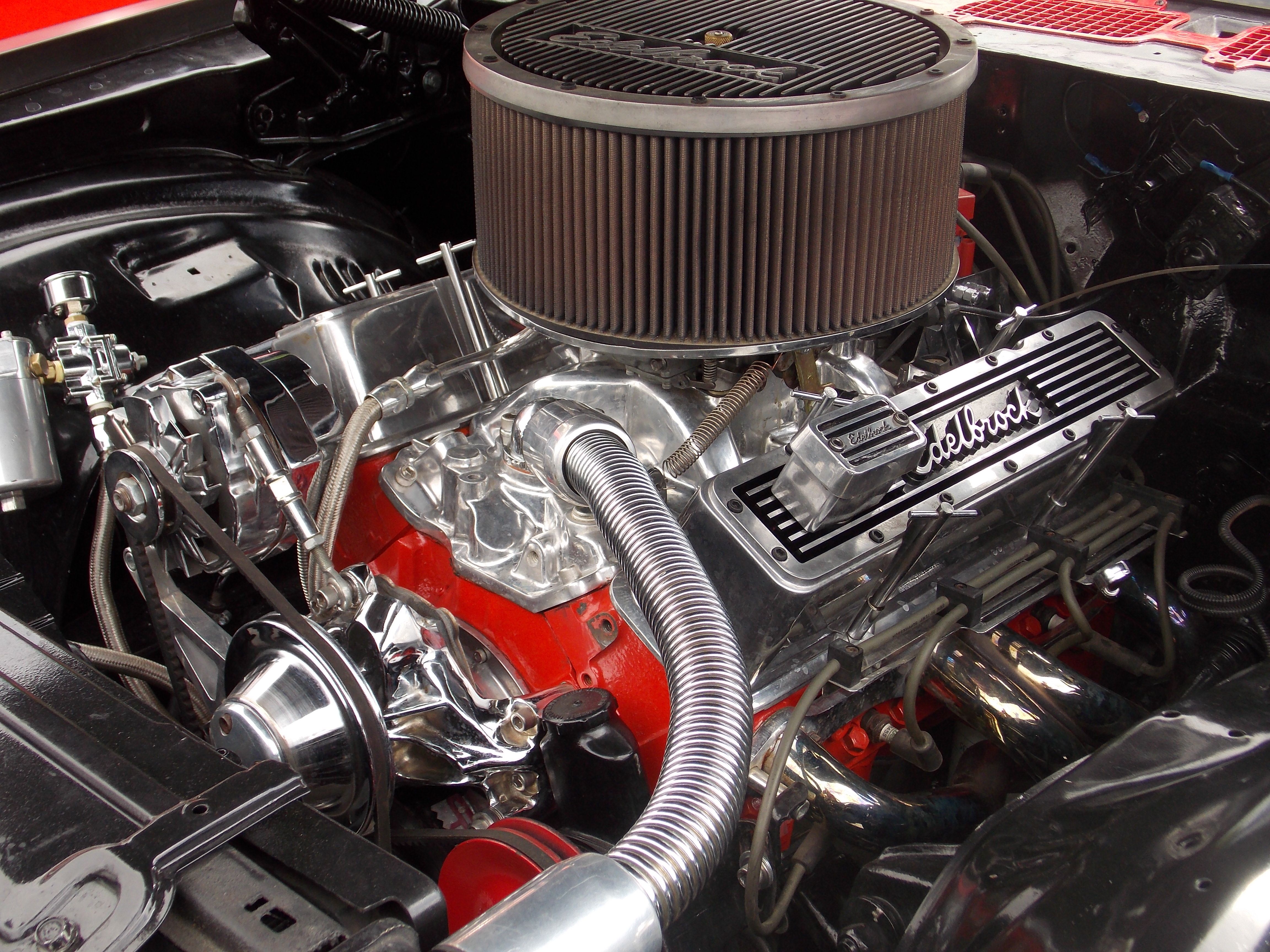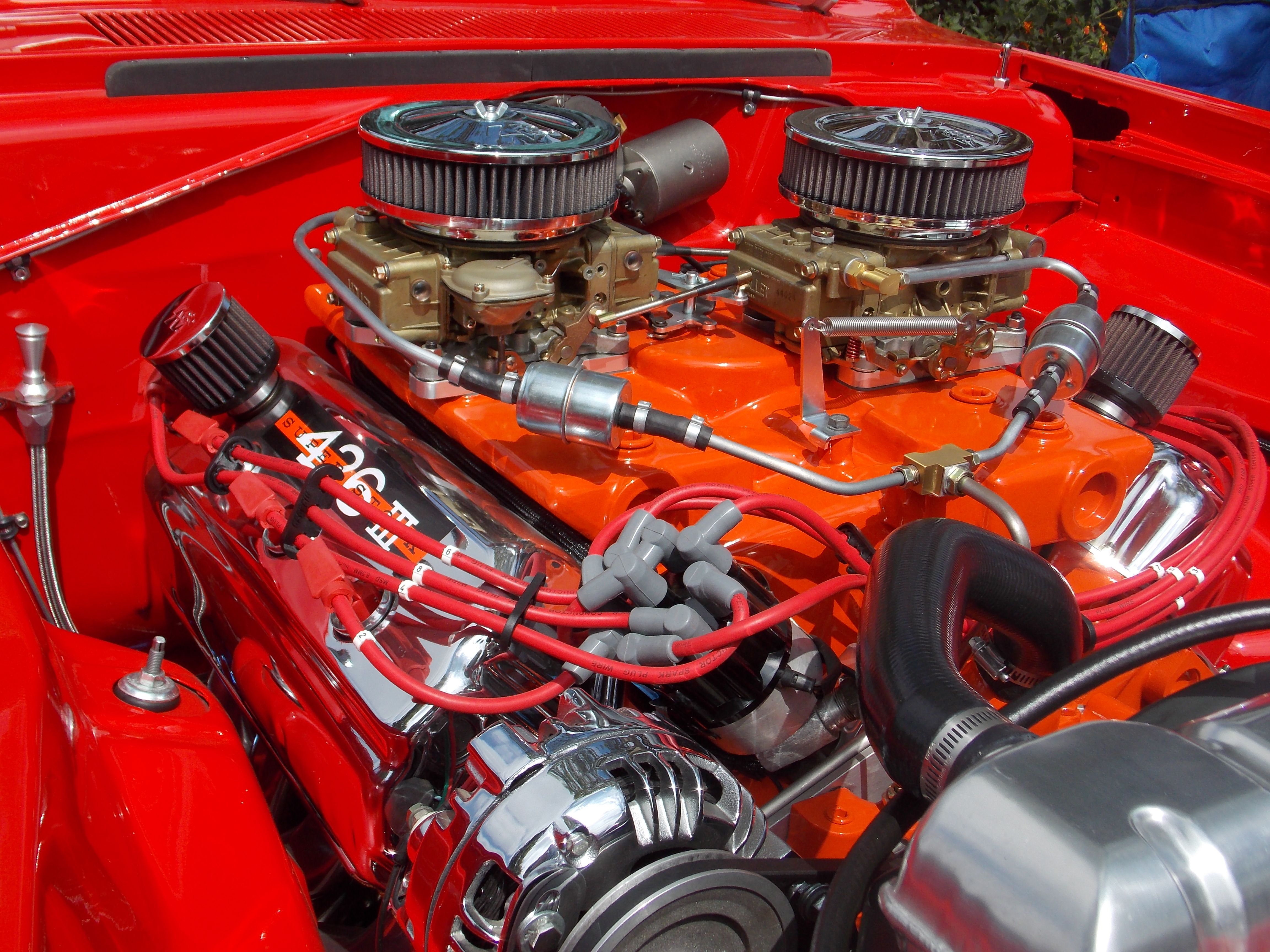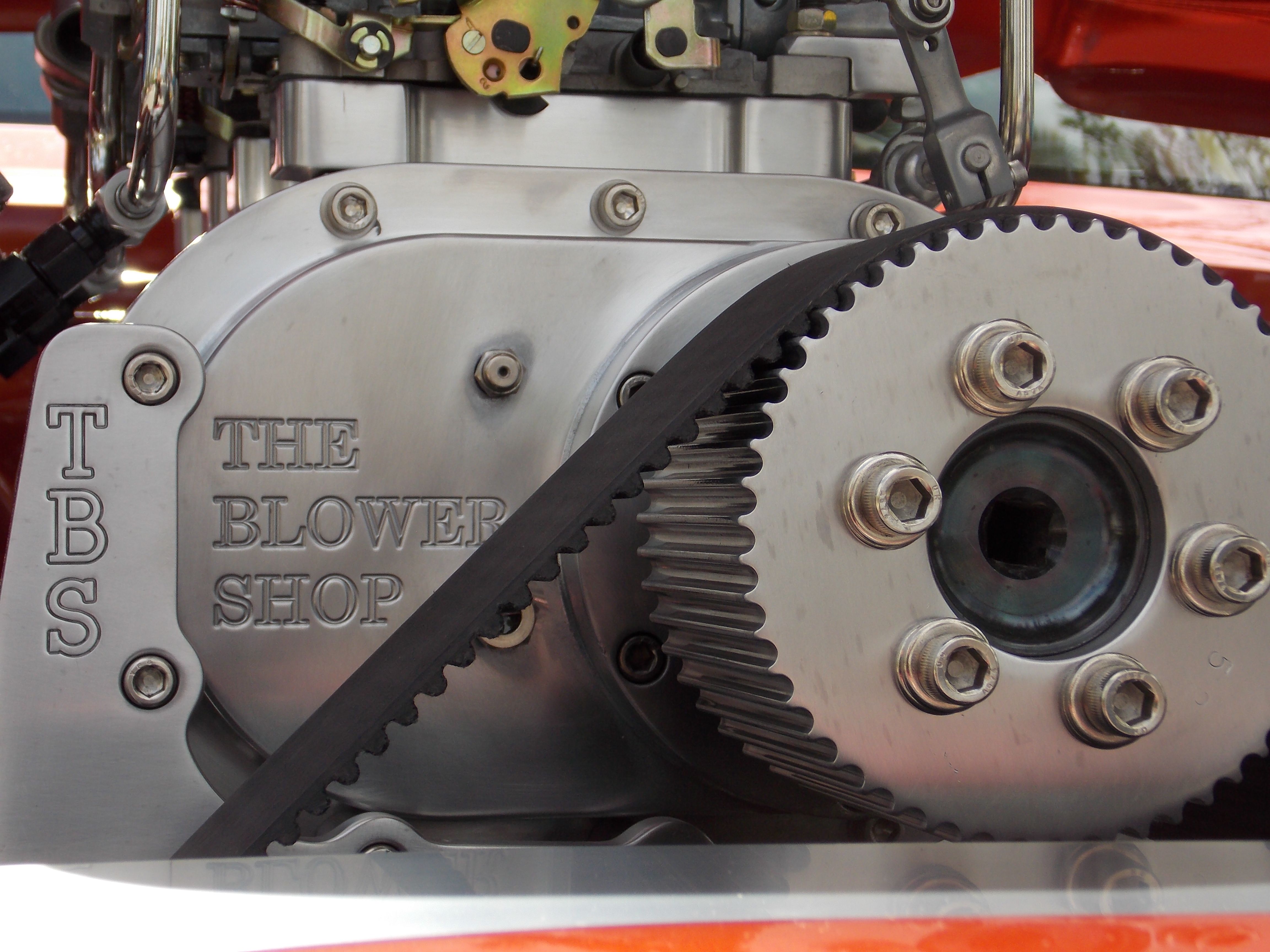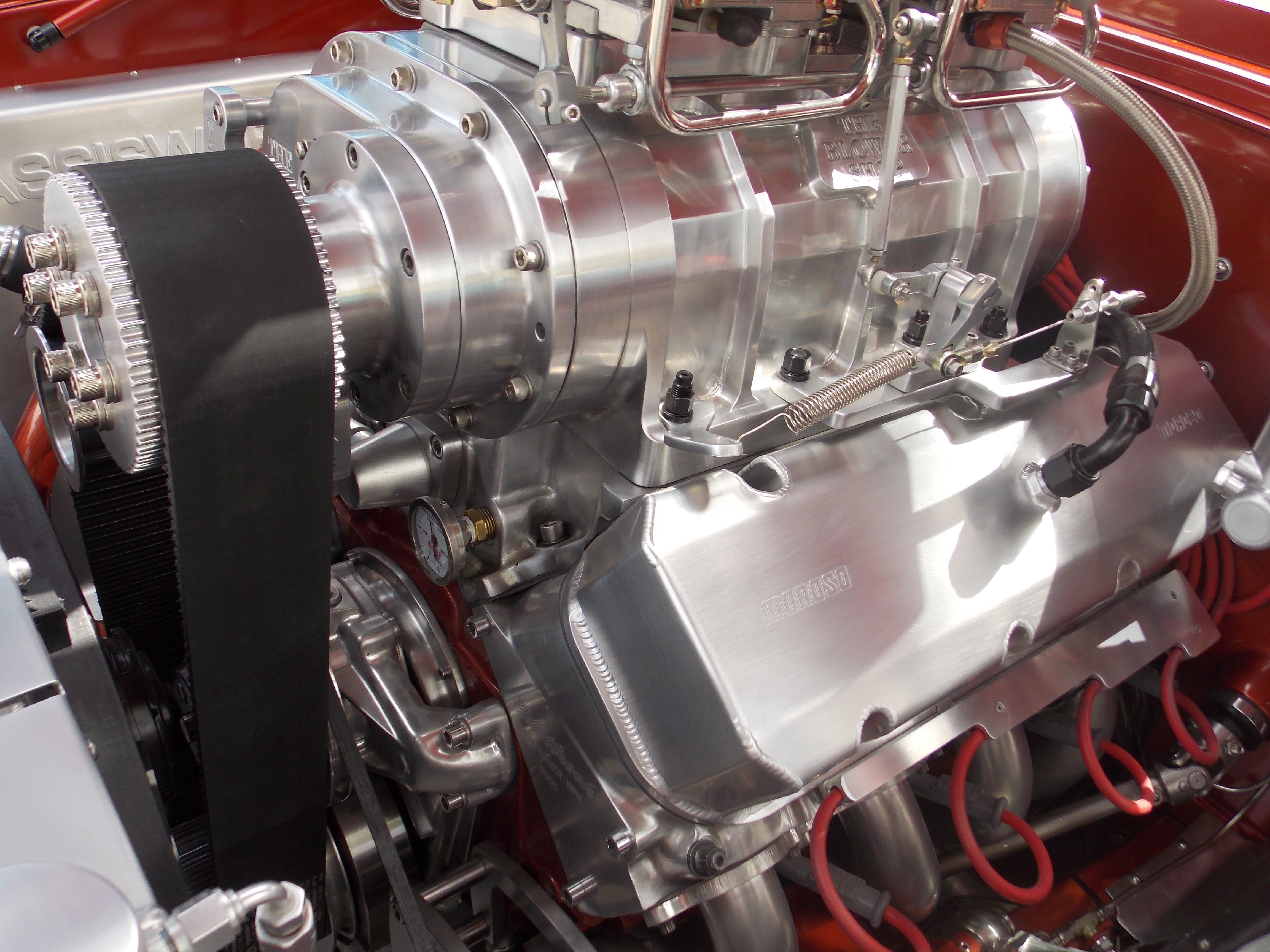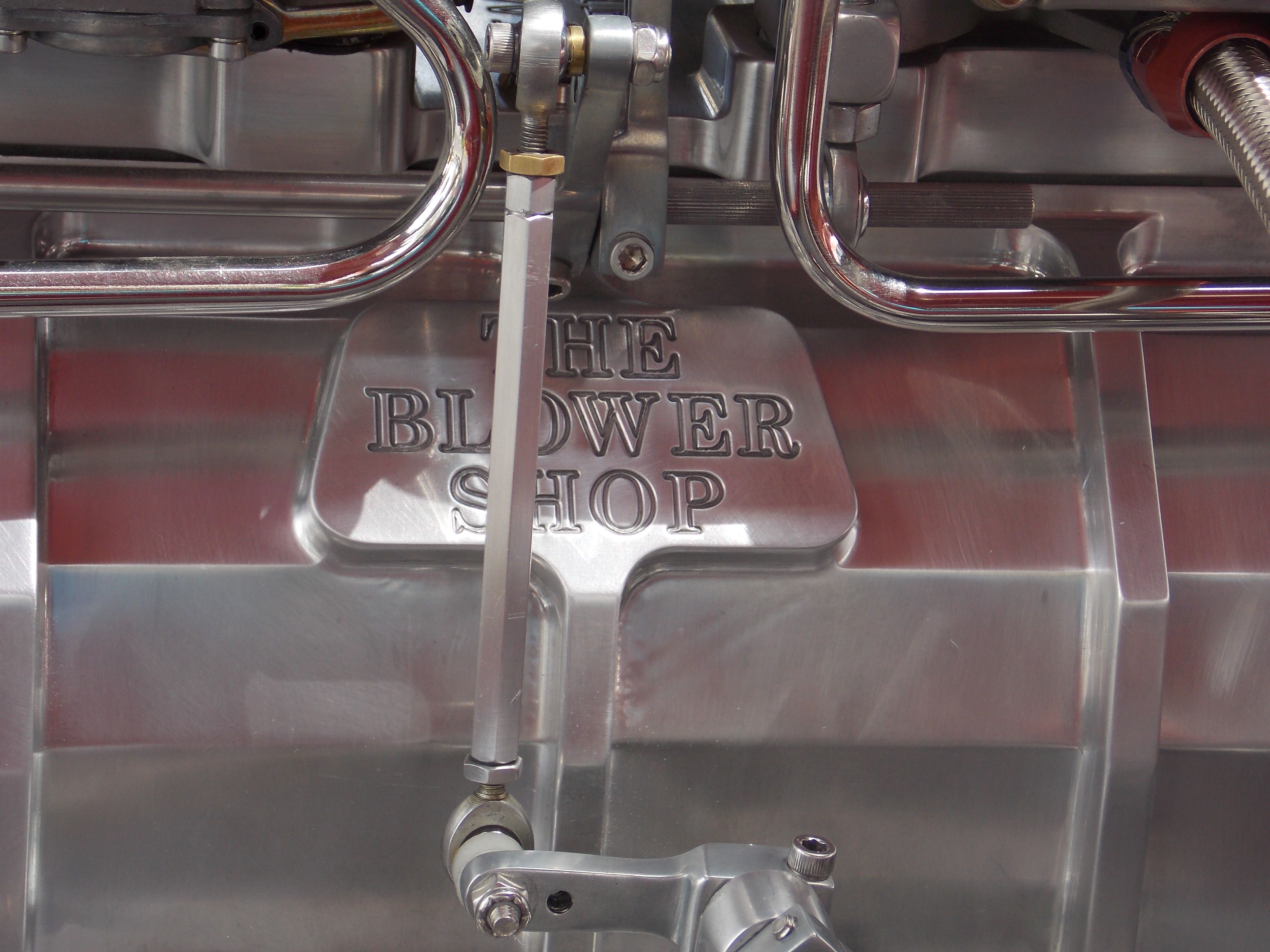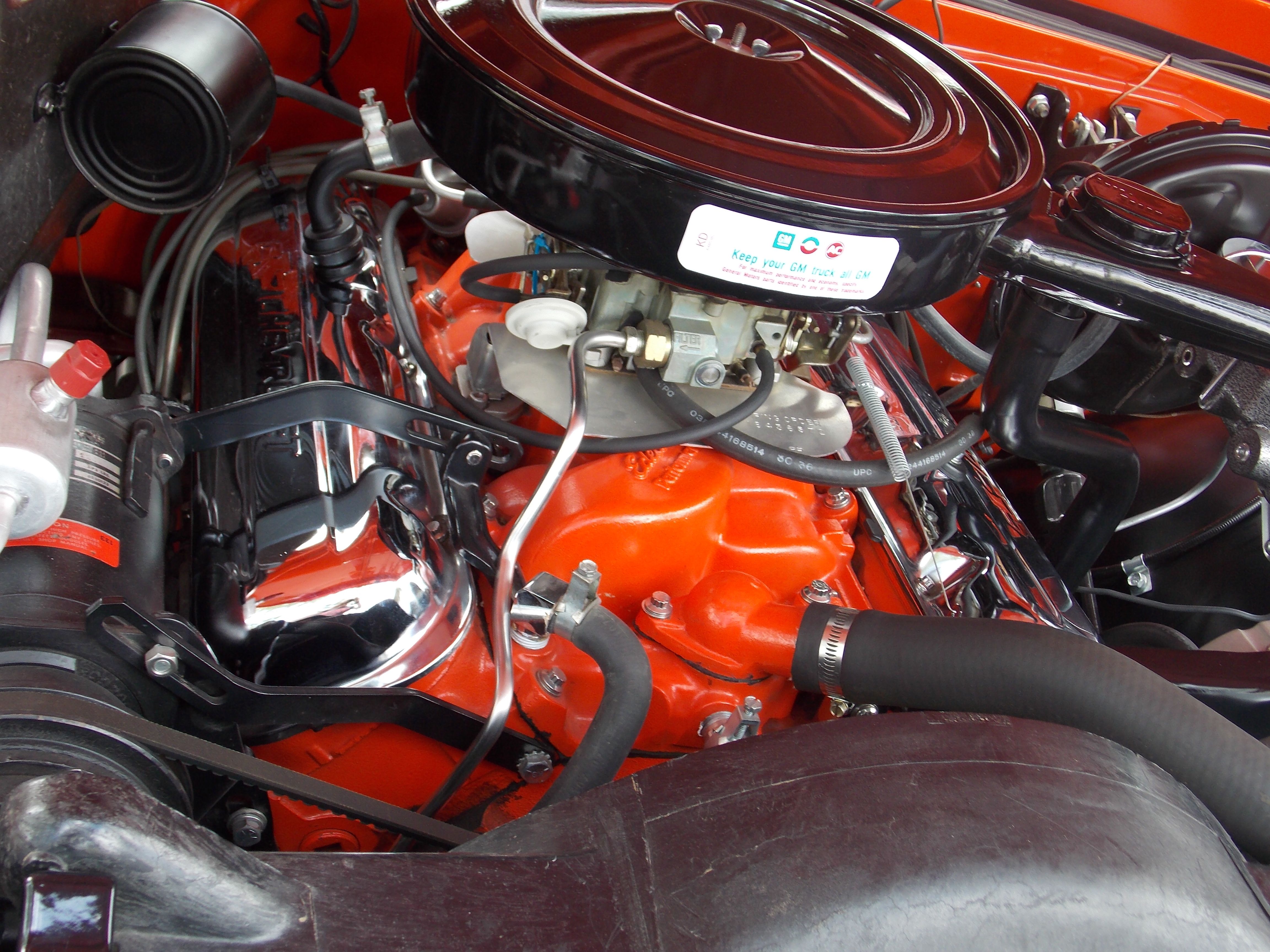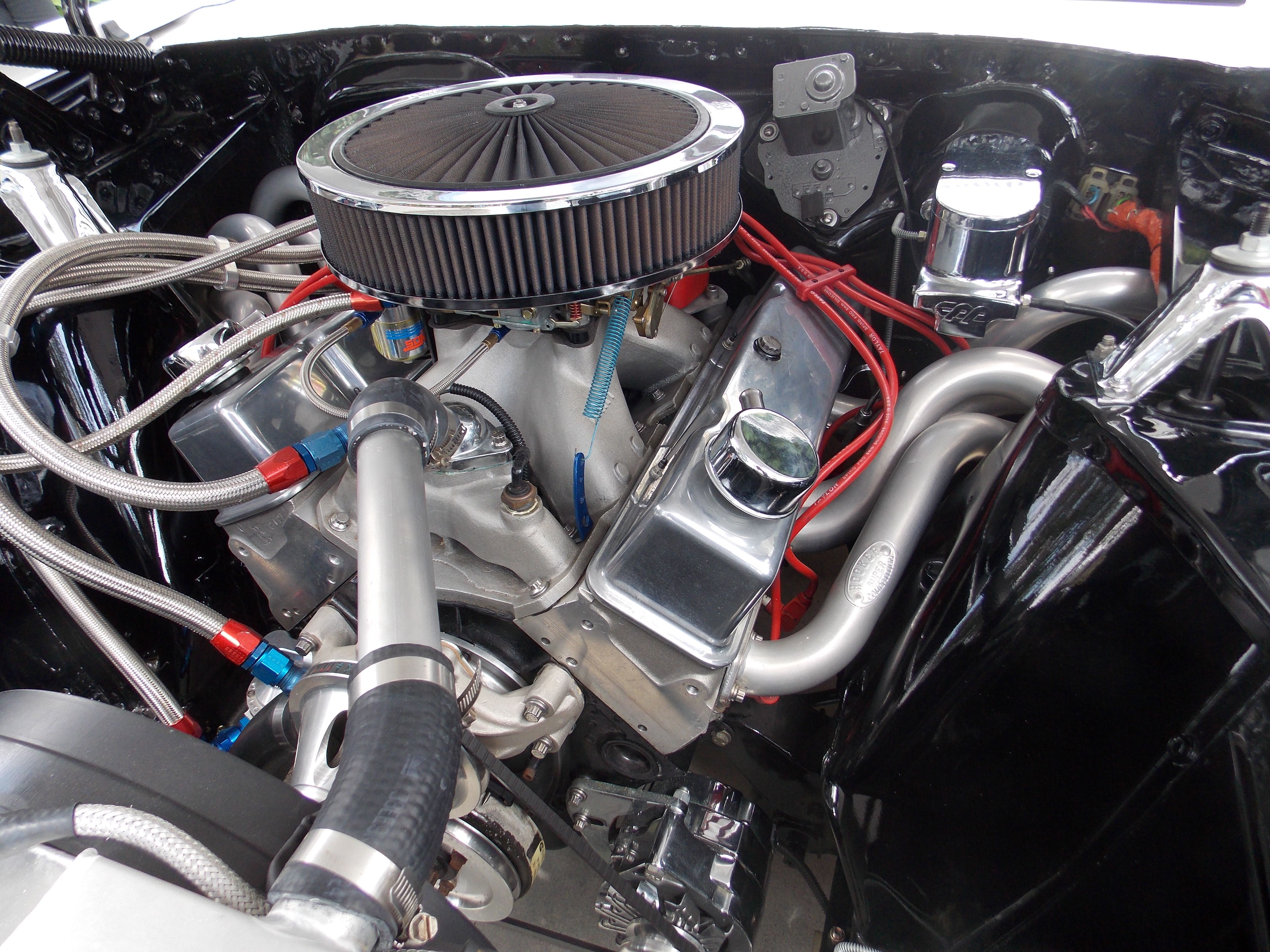We all like going and seeing high-end, custom-built show cars from top-tier builders across the country. These builds are typically limited to high-profile customers with very deep pockets (and very long lists of specific details). You see a lot of these cars at SEMA. You’ll find them on the cover of hot rod magazines and even sometimes catch them at a local event – if you get lucky. For the rest of the vast majority of us motor-enthusiasts (whether you like your camber kits and cold-air intakes or your straight-pipe V-8s), we’re typically limited to far-less elaborate builds; many times forced to work only with what we have – rather than what we would like. That’s the essence of hot rotting.
Just because we don’t have the same deep reservoirs of capital to dump into a completely-custom, one-off showpiece doesn’t mean the “average” man (with the “average” budget) can’t have a spectacular work of art sitting in his garage. A little careful research, a few well-spent dollars and a whole lot of elbow grease can afford you the luxury of having your very own high-quality hot rod that your kids can be proud of for years after you’re gone – but it takes the right touch. Many men spend pennies on the dollar building immaculate cars because they adequately planned out their build and stuck to the blueprints. If you’re in the process of mulling over your next motor build, take inspiration from these high-quality engine builds I’ve photographed at car shows all over Southern California. No SEMA here (although a few of them are no stranger to SEMA shows).
25 B.D.S. Strip Slayer
Starting out of a one-car garage in Southern California around 1969, Blower Drive Company has evolved from a one-stall shop to a prominent name in supercharging technology. Thousands of BDS blowers canvas the globe in all types of applications from mild to wild – and they build ‘em shiny too! Their product line caters to both professional and sportsman racing where a wide variety of components from pulleys, snouts, crank hubs, manifolds (as well as blowers obviously) in all shapes sizes and ratings can be found aplenty. Street rods, monster trucks, boggers, dragsters, marine racers tractor-pullers and a multitude of other custom rigs all trust a BDS blower riding on their manifolds.
24 Retro Refit
There are many varying methodologies as it pertains to automotive engine building; for every right way one man has of doing something, 10 men will have “their own” right way to do the same thing in a completely different fashion. While some guys are into the resto-mod style (and feel no shame in the installation of a PT Cruiser steering column inside a ’30 Ford Sedan), other guys keep the silliness to a minimum (and silly parts where they belong). Whether or not your hot rod had factory air conditioning doesn’t matter, because by the time it gets to you, the 40-year old R12 systems are far beyond serviceability. Some guys rebuke air conditioning retrofits with a crucifix while others like to be comfortable in the summer.
23 Fortune Favors The Bold
While there is such a thing as too much chrome – there is also a way to use almost nothing but chrome and somehow managed to make it acceptable (it is a fine line, obviously). So fine, in fact, that it’s easily encroached (and often invisible in the heat and excitement of a project build). The flip side to the coin is – when you do excessive amounts of chrome just right – it looks sweeter than a drop of dew on a rose pedal in a mid-morning sunrise. High-gloss Edelbrock equipment can be found on this motor from end to end that meets in a tangle of glossy, aluminum folds that look sanitary enough to meal prep on.
22 Let 'Em Know Who's Boss
Hot rods are an extension of our own personality; a projection of us embodied onto a mechanical canvas, where half of the art comprises the parts you can see and the other half being the parts that you “hear.” Just as the artist carefully selects color swatches from his palette for each careful brush stroke, the home engine builder scrutinizes his selection of parts for just the right “touch.” If you’re a small block Chevy guy, you’re insured by an infinite selection of parts and accessories to complement “the world’s most popular engine” any way you please. Chrome it out, black it out or anything in between – there’s a part out there calling your name (somewhere).
21 Motor-Of-Mirrors
A close-up of the intake at the water outlet reveals the reason you get sucked into cars like this from 30’ across a parking lot. The immaculate luster created by the smooth-surfaced components polished to a mirror-shine requires arduous prep-work and a creative set of methods to get into the tightest and most-awkward of places. Many of the nicer cars on display can be seen with a few blemishes and imperfections here and there, but some guys (especially the ones with fresh builds) have nearly-perfect showpieces and put the work in to show it off proper. You don’t even want to know how much time some guys spend prepping their car for a big show.
20 Top-Down Performance
This 1964 Chevy is a strong contender for one of the cleanest Chevelle-Malibus you have ever seen in your life. Every visible nut, bolt, and fastener is either freshly painted or appropriately-chromed and brilliantly shiny. The tall K&N feeds the big four-barrel carburetor from both the circumference and the top of the filter, ensuring that there is no air starvation. Machined finishes accent brushed surfaces sharply. The smooth lines contour elegantly with the motor as it sits comfortably amidst the engine bay’s massaged sheet metal. Fine details work to set this engine apart, such as the painted steel intermediary cooling tube between the block and the radiator (an inexpensive touch that goes a long way aesthetically).
19 First-Gen Fugitive
The devil is in the fine details and sometimes small custom touches can go an extremely long way. (There is nothing small about the scope of this project, as nearly everything has been reworked in some way shape or form.) Sometimes, a little bit of color matching takes an engine “dress kit” up to a whole new level - this particular small block has been color matched to the crocodile-green pickup truck from the custom air cleaner all the way down to the oil pan. The valve covers in PCV breathers all sport the paint code and feature accent-machining to flank the water-cooled performance manifold.
18 Tootsie’s 1,000hp C-10 Shop Truck
I encountered this beauty around the time it was still being built (as you can see by the incomplete paintwork in the engine bay) as it sat at a local Orange County car show. It was completely windowless, without the hood and many components of the bed still missing - leaving an unobstructed view of the custom air ride suspension set up. The truck was built as a tribute to the builder’s mother (to heal in a different way and manage the associated heartache of watching a loved one endure a battle with cancer). The 1,000hp, Magnuson-supercharged LS3 was just as immaculately detailed as the rest of the flawless pickup truck that currently is up for auction for $139,000 in Fort Myers, Florida.
17 Straight-Outta Summit
This small block sits nestled in this cozy engine bay amidst a tangle of brand-new wires hoses lines and fittings – the red, blue and silver accents of the tubing add a performance look to the fairly standard small block build (and it doesn’t necessarily have to break the bank). Granted, this isn’t “as cheap as it gets,” but provided you’re willing to put in the work in the effort a motor just like this could be yours for a lot less than you think it could. Even the cheaply-stamped air cleaner bearing the Holley namesake adds a nice chrome crown to an engine that looks like it’s no stranger to a pressure washer on a regular basis.
16 Blackout Bandit
Sometimes, you have to pay to play - and sometimes getting what you want means spending $700 on a set of competition valve covers just because they look cool. This blackout-themed small block is accented top-to-bottom with the gloss black engine finish from the air cleaner down to the heads – as well as a variety of other brackets and components not-normally painted. The additional effort and time spent prepping and paint-matching an entire engine set pays dividends in the visual appeal of the final product. These competition racing valve covers have been coated with the same high-temperature gloss coating that flows across the entire intake manifold. The high-polish heads sparkle from far down below behind a tangle of headers
15 Space Saver
Depending on the scope of the project (and what type of space requirements you have to work with), often times we are required to work around roadblocks and obstacles when modifying an engine set up from its factory configuration. When this causes clearance issues (or when you want to add an extra accessory) custom mounts that allow you to fine-tune the positioning of your accessories sometimes provide the only route to get the job done. As if 100 different measurements and clearances weren’t enough to already worry about when changing major components, working with engines like the small block Chevy means part-variations have seen hundreds of changes over their production lives (with a high level of interchangeability). With all of the endless possible combinations, something as simple as matching up pulleys can be an absolute nightmare.
14 Wide-Body Pride
Sometimes you can get away with doing whatever you want inside of your engine bay. Other times, some cars like my ’64 Nova require careful selection and placement of the belt driven accessories for proper clearances (even with a mild small block 283cid). For the full-size category, guys can get away with tossing some accessories so far off to the side – you almost can’t touch both ends of the serpentine belt. (On that note, serpentine belt conversions like the one featured here simplify a lot of complicated pulley-matching that is almost worth the additional cost not to have to deal with – plus they look cool.)
13 Down To Detail
On the same motor pictured above, a detail shot reveals the scope of depth at which this project was executed; the polygonal billet brackets and adjustable tensioners secure a chrome alternator with a sharp-looking billet fan. Overflow tanks and fluid reservoirs share the same finish and a painstaking effort was undoubtedly made to maintain homogeneity in appearance across everything from pulleys and brackets to tensioners and even the hardware. Now, I don’t mean to nitpick, but on a build this ridiculously-clean I had to go in for a close-up. Upon doing so, I noticed the smudges on the overflow cap. It bothered me so much, I wanted to wipe it off with my t-shirt – but that’s a cardinal no-no at car shows.
12 Down To Business
This little red Chevy has just about one of the tallest air cleaners any small block would ever need (plus about 26sq/in of “dong-measuring” excess that does absolutely nothing but looks awesome). The Edelbrock Elite series aluminum dress kit is installed in the tall variation for the valve covers as well with accenting t-handle tensioners that add a bit of dimension to the engine at its flanks. This is just one quintessential example of the infinite possible motor combinations afforded by the Chevy small block. With so many different vendors pumping out various different sets of valve covers, intake manifolds, headers, and other peripheral accessories – you (almost) never really see the same motor twice.
11 Super Stock 426 III
Sometimes, it’s not about how many square inches of air cleaner you have, but how many carburetors you run. This Super Stock 426 Plymouth proudly sports two of the smallest air cleaners you’ll find on most big V-8s like this – but it runs them parallel to each other on a “cross ram” intake that uses dual-carbs in a wild way. The wedge head “B” block began its legacy back in the late ‘50s. By the early ‘60s (although street-legal) it was intended for racing only. Max Wedge motors were rated at 410 and 420hp for the first year of production – the “stage 3” was the final Super Stock variant and the only year the four-speed was available as a factory option.
10 The Blower Shop
Beginning with the acquisition of Bower’s Blowers in 1984, The Blower Shop’s legacy of “maximum-effort” performance is evident in every mill-cut slug of billet hardware they laser-cut their name into. Initially specializing only in top fuel dragsters and drag boat performance hardware, they’ve since expanded to the additional marine components as well as street-engine applications like this 6V-71 billet blower in their “retro” trim. The 327 blower is molded for light-to-light, tire-smokin’ boost (and actually displaces 327 cubic inches of air per revolution). The design of the large-diameter, triple-lobe rotors are 12” long and help the blower stay light on its feet when you dump the gas pedal.
9 The “Retro” Ribbed Road Warrior
The 6V-71 from a side profile looks almost meaner than when you’re staring at it down the nozzle. The tough-looking center section is lined with thick ribs that bend around the case at pleasing angles to the eye as it extends aft from the big, four-inch belt. The surface area of the massive valve covers alone makes this motor stunning from any angle. Excessive care has been taken to ensure that it delivers a precise, visual experience of cohesion. The obsessive-compulsive orientation of the spark plug wires is even twisted into uniform loops with near-perfect geometry. It looks almost “too” perfect – if there was such a thing.
8 Aviation-Grade Track Hammer
The aviation-style turnbuckle fasteners found on the spline shaft linkage is an age-old means of mechanical actuation that offers a high level of adjustability and has been used in aviation applications since the beginning of history. Although not typically found on factory automobiles, high-performance applications, as well as custom, builds requiring very specific geometry and a high-level of adjustability make judicial use of the generic-style fastener that looks as cool as it is simple. Everything from exhaust dumps to multi-carb accelerator linages can benefit from the addition of this generic little fastener. Plus it’s just another cool “moving part” that adds a little depth and design.
7 Small-Block Super Stocker
Not everything needs to be chrome, billet, machine-cut or powered coated. Sometimes it’s nice to just see a clean, plain factory build that highlights the engine as it was presented to the public – right down to the very sticker on the air cleaner imploring you to “Keep your GM truck all GM.” New hoses, hard lines, vacuum lines and a fresh coat of paint on everything the eye can see (and plenty of things it can’t). This gives you an idea of what it would look like (give or take) walking the dealership along a line of brand-new pickup trucks.
6 High Rise Shootout
Considered “a step above” as far as performance standards are concerned in the market today, the Speedmaster Shootout series intake manifolds are designed mainly for racing applications and high-performance street machines; they have excellent horsepower potential for appropriately specked builds at an affordable cost. Highly popular in a satin or polished finish, a single plane design features a square-bore flange suitable for any big four-barrel carburetor. Budget based race engines that compete in classes with engine restrictions frequently use this style intake for performance on the cheap. Don’t expect to get any EGR provisions built into it, but if you’re worried about all that – you’re building the wrong motor.

